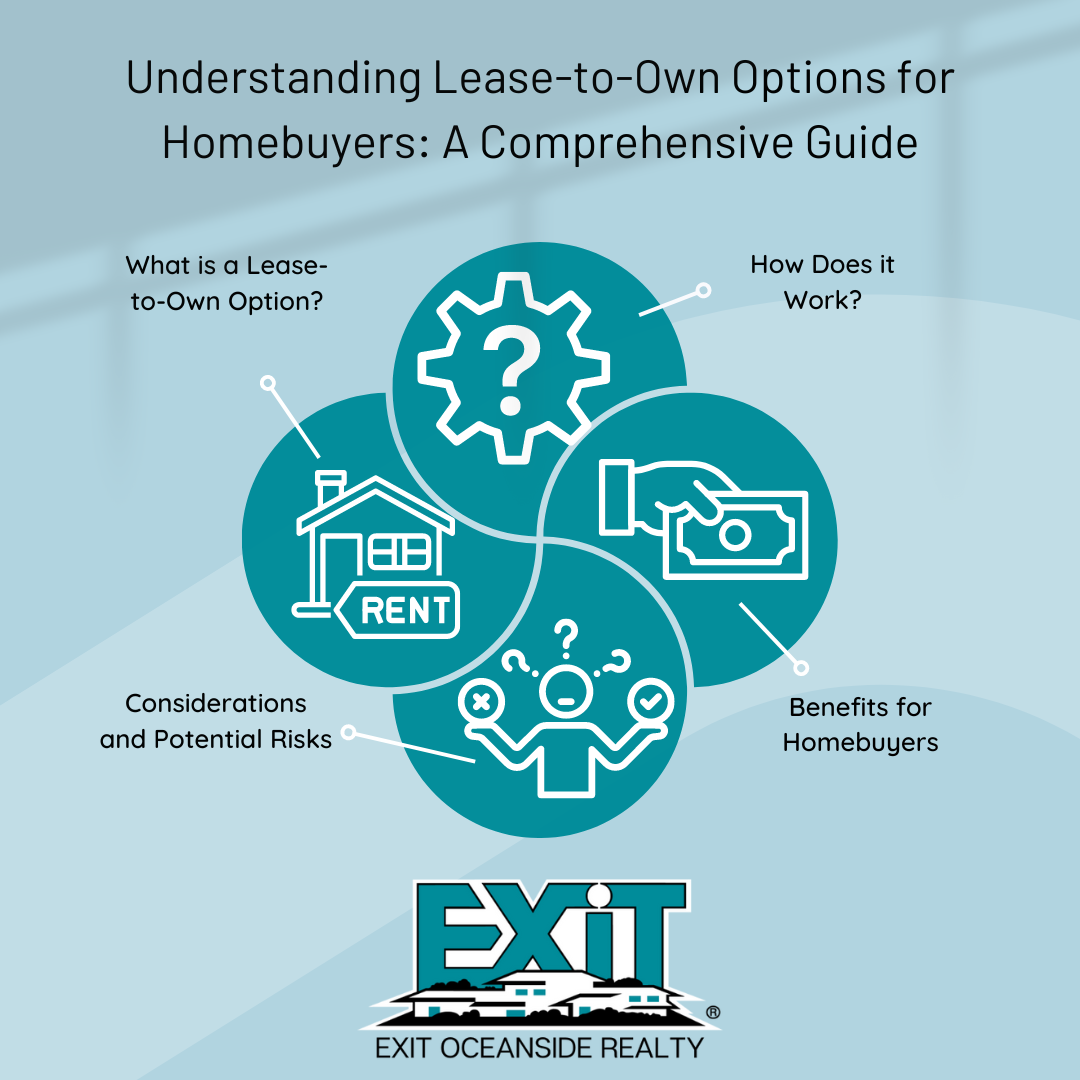Understanding Lease-to-Own Options for Homebuyers: A Comprehensive Guide
Understanding Lease-to-Own Options for Homebuyers: A Comprehensive Guide
Introduction
As a prospective homebuyer, you may be looking into different options to make your dream of homeownership a reality. The lease-to-own arrangement is an intriguing option that has grown in popularity in recent years. This novel approach provides an alternative path to home ownership, allowing you to reap the benefits of both renting and buying. In this guide, we will delve into the complexities of lease-to-own options, explaining what they entail and how they can benefit aspiring homeowners.
What is a Lease-to-Own Option?
A lease-to-own, or rent-to-own, arrangement is a contract that combines elements of leasing and purchasing. In this scenario, a prospective homebuyer signs a lease agreement with the seller, agreeing to rent the property for a set period of time, typically one to three years. What distinguishes lease-to-own agreements is the inclusion of a predetermined price option to purchase the property at the end of the lease term.
How Does it Work?
-
Lease Period: During the lease phase, you will pay rent to the seller, just like in a traditional rental arrangement. However, a portion of your monthly payment might be designated as a "rent credit" or "option fee." This amount is typically non-refundable and goes toward the eventual purchase of the property.
-
Option to Purchase: At the end of the lease term, you have the option to buy the property at the agreed-upon price. This predetermined price can be advantageous if the real estate market experiences appreciation, as you'll secure the property at today's value.
Benefits for Homebuyers
-
Build Equity: While renting, you can begin building equity in the property through rent credits or option fees. This can be particularly beneficial if you're unable to secure a mortgage initially but want to start investing in homeownership.
-
Test the Waters: Lease-to-own options allow you to live in the property and experience its nuances before committing to a purchase. This "test drive" period can help you ensure the property suits your needs and lifestyle.
-
Potential for Price Appreciation: If the real estate market sees appreciation, you'll benefit from locking in the purchase price at the beginning of the lease, potentially resulting in significant savings.
Considerations and Potential Risks
-
Contractual Obligations: Lease-to-own agreements are legally binding contracts. It's crucial to thoroughly understand the terms, including the purchase price, lease duration, and your responsibilities as a tenant.
-
Market Fluctuations: While there's potential for price appreciation, there's also the risk of market downturns. If property values decrease, you may end up paying more than the property's current market value.
-
Maintenance and Repairs: Depending on the agreement, you might be responsible for maintenance and repairs during the lease period. Ensure these responsibilities are clearly outlined in the contract.
Conclusion
Lease-to-own options provide a unique path to homeownership by allowing you to ease into the role of a homeowner while still enjoying the benefits of renting. Before entering into a lease-to-own agreement, it is critical to consult with real estate professionals, including a realtor and a legal advisor, to ensure you fully understand the contract's terms and implications.
Remember that lease-to-own arrangements can be a strategic solution for some homebuyers, allowing them to build equity, assess the property, and potentially benefit from market appreciation. You can make an informed decision that aligns with your homeownership goals if you thoroughly understand the process and risks involved.







